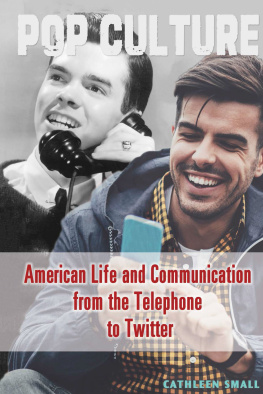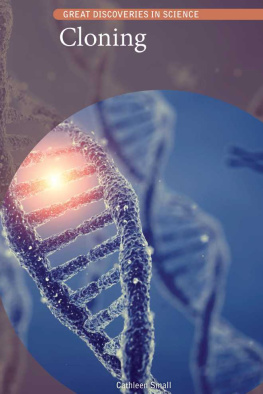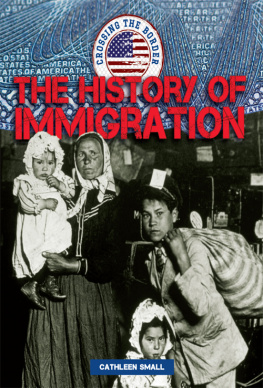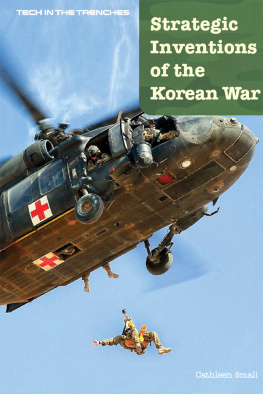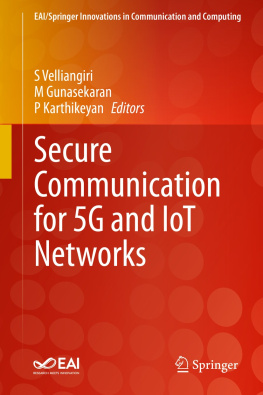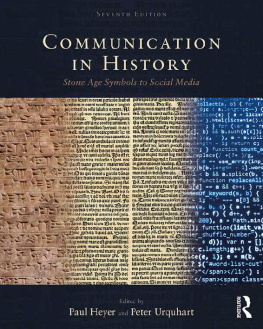Published in 2017 by Cavendish Square Publishing, LLC 243 5th Avenue, Suite 136, New York, NY 10016
Copyright 2017 by Cavendish Square Publishing, LLC First Edition
No part of this publication may be reproduced, stored in a retrieval system, or transmitted in any form or by any meanselectronic, mechanical, photocopying, recording, or otherwisewithout the prior permission of the copyright owner. Request for permission should be addressed to Permissions, Cavendish Square Publishing,
243 5 th Avenue, Suite 136, New York, NY 10016. Tel (877) 980-4450; fax (877) 980-4454.
Website: cavendishsq.com
This publication represents the opinions and views of the author based on his or her personal experience, knowledge, and research. The information in this book serves as a general guide only. The author and publisher have used their best efforts in preparing this book and disclaim liability rising directly or indirectly from the use and application of this book.
CPSIA Compliance Information: Batch #CS16CSQ
All websites were available and accurate when this book was sent to press.
Library of Congress Cataloging-in-Publication Data Names: Small, Cathleen, author.
Title: American life and communication from the telephone to Twitter / Cathleen Small. Description: New York : Cavendish Square Publishing, 2017. |
Series: Pop culture | Includes bibliographical references and index.
Identifiers: LCCN 2016006894 (print) | LCCN 2016007060 (ebook) |
ISBN 9781502619778 (library bound) | ISBN 9781502619785 (ebook) Subjects: LCSH: Telecommunication-United StatesHistoryJuvenile literature.
| United States--Social life and customsJuvenile literature.
Classification: LCC TK5102.4 .S63 2017 (print) | LCC TK5102.4 (ebook) |
DDC 384.0973--dc23
LC record available at http://lccn.loc.gov/2016006894
Editorial Director: David McNamara Editor: Kelly Spence Copy Editor: Nathan Heidelberger Art Director: Jeffrey Talbot Designer: Jessica Nevins Production Assistant: Karol Szymczuk Photo Research: J8 Media
The photographs in this book are used by permission and through the courtesy of: FPG/Hulton Archive/Getty Images (B&W), Petar Chernaev/Getty Images (color), cover; SSPL/Getty Images, 4, 41, 56; H. Armstrong Roberts/ ClassicStock/Getty Images, 8; Camerique/Archive Photos/Getty Images, 12; George Marks/Retrofile/Getty Images, 16;
Ron Burton/Getty Images, 19; Harold Adler/Underwood Archives/Getty Images, 23; AP Images, 26; Image Broker/ Alamy Stock Photo, 29; Steve Jurvetson ( http://www.flickr.com/people/44124348109@N01 ) from Menlo Park, USA/ File:ARPANET first router.jpg/Wikimedia Commons, 31; Waring Abbott/Michael Ochs Archives/Getty Images, 34; Giulio Fornasar/Alamy Stock Photo, 37; Sclozza at English Wikipedia/File:425tdd.JPG/Wikimedia Commons, 40; Rama & Musee Bolo/File:Apple II IMG 4213.jpg/Wikimedia Commons, 43; Lionel Cironneau/AP Images, 46; Florian Fuchs/File:Motorola BMD-Pager.jpg/Wikimedia Commons, 50; Tim Boyle/Bloomberg/Getty Images, 52; Dudley Wood Alamy Stock Photo, 54; AAApictures/iStock/Thinkstock.com, 58; Paul K. Buck/AFP/Getty Images, 62; Brad Barket/ Getty Images, 66; Roslan Rahman/AFP/Getty Images, 68; Alex Tan/AFP/Getty Images, 70; Asif Islam/Shutterstock. com, 73; Twin Design/Shutterstock.com, 75; Spencer Platt/Getty Images, 78; JAMES NIELSEN/AFP/Getty Images, 80; Wachiwit/Shutterstock.com, 84; Vasin Lee/Shutterstock.com, 87; Coronado/Shutterstock.com, 89; Prathan Chorruangsak/Shutterstock.com, 91; Anna Jurkovska,/Shutterstock.com 93; George Dolgikh/ Shutterstock.com, 94.


Though innovative for their time, the first telephones from the 1800s barely resemble the tiny cell phones of today.
COMMUNICATION FORMS THE BACKBONE of American societyand connects people from all over the world. Without it, we would just be three hundred million people sharing the same soil, and seven billion people sharing one planet. Communication is how we connect with one another and how we form relationships. It's also how we share hopes, dreams, concerns, and ideas.
Communications technology is constantly evolving, with new devices and methods being developed all the time. At the beginnings of civilization, there were hieroglyphs and cave drawings and oral tradition. Then came books, and then letters and telegrams. Then the telephone revolutionized communicationsuddenly, you could instantly speak with someone far away instead of waiting for a letter to be delivered.
But it didn't end there. Telephone technology further developed, making it easier and cheaper to call people. Technological advancements provided deaf people with better communications tools. Eventually, there were conference calls and video calls and Internet calling.
Communications also branched off into other areas. Computers became more and more a part of people's everyday lives. Shortly thereafter, the Internet followed, which provided another layer of connectivity for people. With the Internet as its platform, social media exploded, providing people with a wealth of new friends made online, as well as connections to family and friends near and far. And when smartphones were developed, all of these communications tools suddenly became available all the time, at our fingertips.
So what have these advances in technology meant for society? Some people say that we're too connected nowthat we socialize more with our devices than we do with each other. But you could flip that idea and look at it another way: we're actually more connected to people than ever before because we have more tools at our disposal. In the 1950s, for example, it was typical for men to go off to work while their wives stayed home and tended the house. In general, women didn't speak to their husbands during the workdaythey saw them when they got home at dinnertime and for a few hours before bed. That didn't leave a whole lot of time for communication. But now, with people texting and e-mailing and being constantly available on their mobile phones, we are more apt to contact our family and friends throughout the day to check ineven with just a quick hello via text, e-mail, or social media. So in a way, our too connected society has actually used these leaps in technology to become more personally connected to each other.
The events of the last sixty-some years have shaped technology, and have also been influenced by it. For example, the Internet was initially created for the needs of the Department of Defense and the government. It was much later that it became available to the general public for widespread use. On the flip side, technological developments such as televised news broadcasts and the Internet have allowed Americans to learn more about what's going on in the worldand to become more aware of the factors at play in our nation. The Vietnam War, for example, was called the Living Room War because Americans were so connected to it through their televisions.
Today, technology and society are more intertwined than ever before. They affect each other, and they are affected

